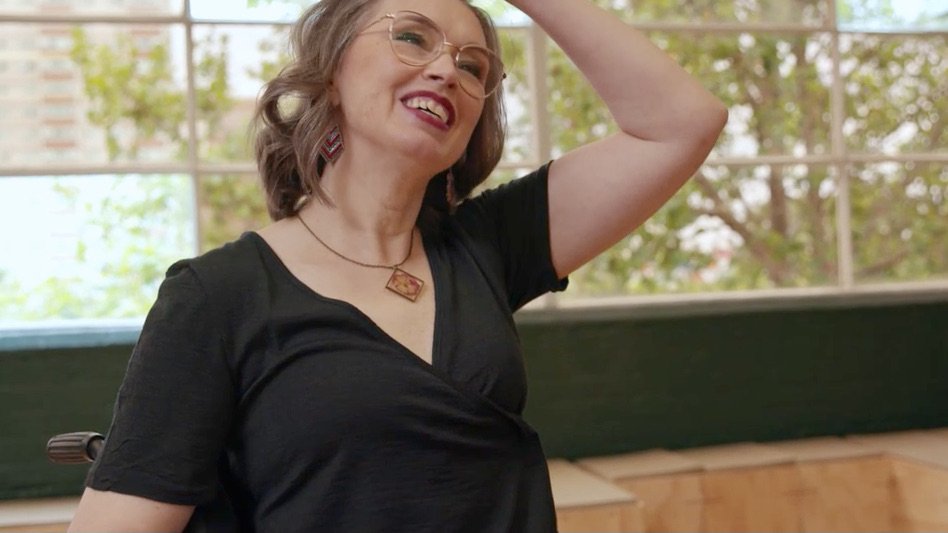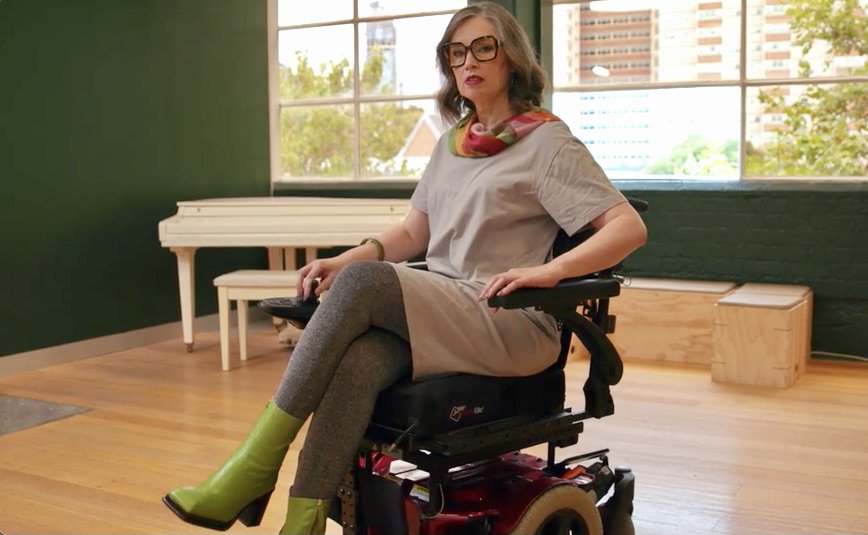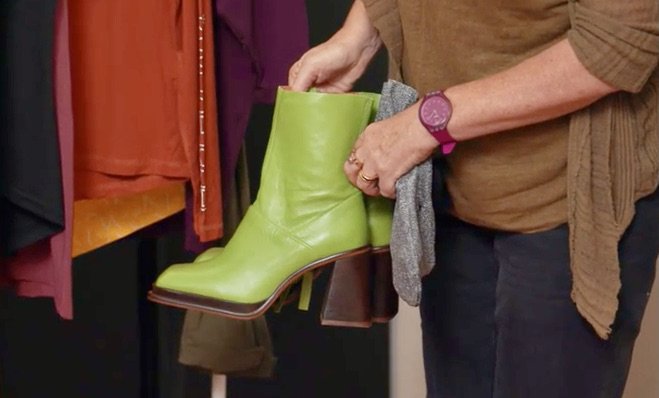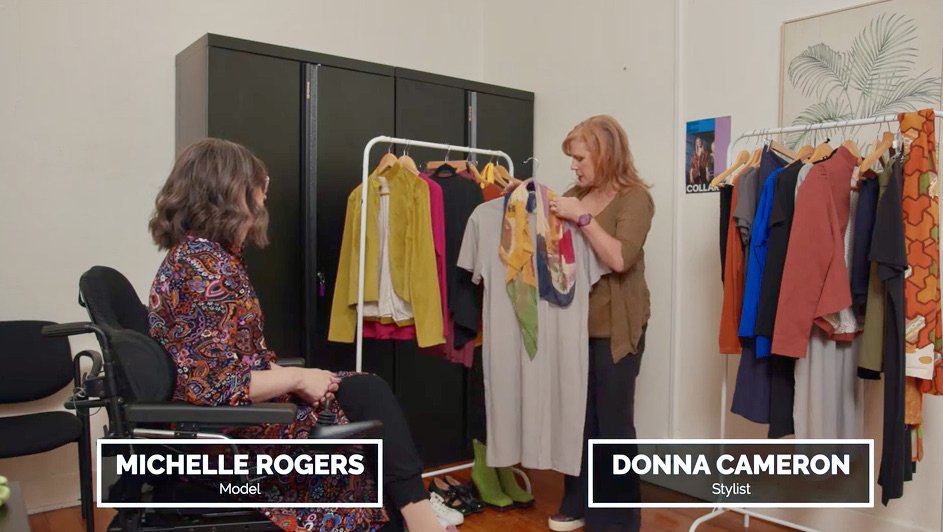Styling for Adaptive Fashion
I was thrilled to be approached recently by the Adaptive Clothing Collective to be the stylist for their Melbourne Fashion Festival event, ‘Styling for Adaptive Fashion’.
I had not worked with them before so it was an exciting project and I relished the opportunity to work again with their chosen model, Michelle Roger! (Michelle is an artist and writer as well as a model, and if you don’t already follow her on Instagram, I recommend you do.)
The Adaptive Clothing Collective consists of three established clothing labels;
The aim of the event was to showcase adaptive fashion in Australia, with a focus on the three local adaptive clothing brands, and to demonstrate how the labels combine local inspiration, innovative techniques, creativity, and a caring vision to highlight the need for adaptive clothing for people of all abilities.
The collective shot some styling segments and interviews with Michelle and me, and then a couple of weeks later the video was edited for use in a panel discussion, that I took part in alongside Penny Weber, Jason Clymo, Emma Clegg and Jessie Sadler.
What is adaptive fashion exactly?
Visually, adaptive fashion is just like any other fashion garment and can actually be worn by any of us, but the items include clever things like wider neck and arm openings to make getting in and out of them easier.
Velcro or magnets take the place of buttons and zips to assist anyone who has difficulty with dexterity, though the garments might still appear as though they have buttons or zips.
Flat seams and no inner tags on the garments help people who have sensory issues, as does using softer fabrics or fabrics that help bodies to regulate temperature.
For people who are mobility impaired and spend a long time seated, pants can be designed without front pockets that often get in the way of comfort, and with extra room around the back to make sitting more comfortable. Jackets can be cut just that little bit shorter to reduce the bulk.
Why is it important?
Clothes tell our stories. They can reveal so much about us; for example it is possible to gauge clues to our lifestyle, music tastes, personal interests, social circle, career choice, confidence levels, aspirations and even politics. Clothes are our visual shorthand.
So it’s important to have the opportunity to try out new sartorial directions and just as we might play around with other aspects of ourselves; trying new hairstyles, learning a new skills, or moving somewhere very different, we can try out new ways of styling ourselves too.
Until recently, however, there were very few viable clothing options for people wth disabilities available commercially. What was available tended to be all about practicality with zero thought to style. The clothes were clinical rather than contemporary.
Thankfully this is changing and the adaptive fashion market is growing. One in five Australians has a disability, whether acquired or lifelong, so this growth makes sense (and dollars!). Tommy Hilfiger is one of the largest brands to embrace this market, and has done for a long time. The Iconic introduced an Adaptive Edit last year.
How is Styling with adaptive fashion different?
It’s not really. When I’m advising someone who has a disability on their personal style, I ask them initially about their inner world; what are their hopes / dreams / goals? What drives them? What do they like and what do they want to portray? I ask them why have they come to me. Are they trying to find work? Has something changed in their lives or are they trying to change something? So in other words, I do exactly what I do when I’m working with anyone.
The answers to these questions help me eliminate certain items / garments / styles immediately. For example, if someone is extremely creative or avant garde, I’m not going to put them in a crisp white business shirt. I’ll be looking instead for colours and styles that express their creativity in clothes that suit their innate style.
It’s only after I’ve established what the client wants that I ask about any special considerations I need to work with; for example is their skin sensitive to touch or are there particular movements they find challenging?
If a person doesn’t need to devote thought to the physical action of getting dressing and can think more about expressing their personality through clothing and getting on with their lives, then that is a winner right there.
Adaptive fashion offers more freedom, dignity and quality of life and with the expansion of these labels, more opportunity for personal expression. You can see from the images here that I was able to create some looks for Michelle that are contemporary, not clinical.






